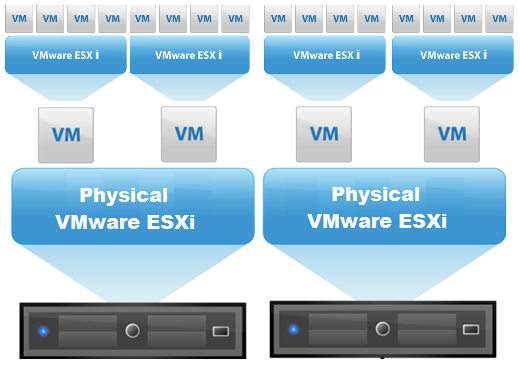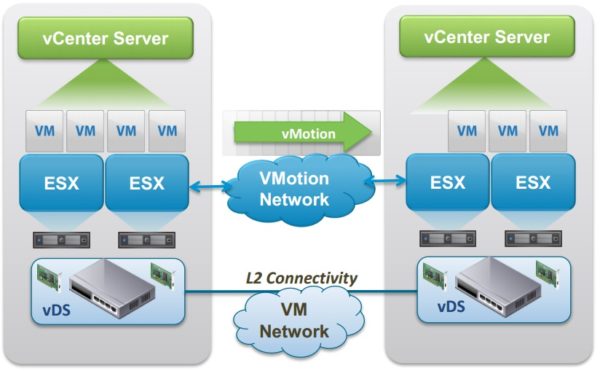
This would allow VMs running with volumes on storage pools of one cluster to be migrated to storage pools of a different cluster. Support for migration shared storages – Improvements have been made in CloudStack’s migration framework to leverage VMware’s vMotion capabilities to allow migration without shared storages.Changing the public IP of the system VM would result in reconfiguring the VM and in the case of virtual routers it would also require reconfiguring various networking rules inside the VM which can be a risky and can cause huge downtime. Note: Migrating system VMs between hosts in different pods cannot be supported as system VMs acquire IP addresses from the IP range of the pod. System VMs can now be migrated between hosts belonging to clusters of the same pod.Volumes of user VMs can be migrated between cluster-wide storage pools of clusters belonging to different pods.

User VMs can now be migrated between hosts belonging to clusters of the same or different pods.To assist migration, the findHostsForMigration API has been improved to return hosts from different pods for user VMs and hosts from different clusters for system VMs in supported cases.

This feature adds several improvements to CloudStack for migrating VMs and volumes between CloudStack clusters with VMware:
Only running system VMs can be migrated and migration can be done between hosts of the same cluster only. This would result in some volumes getting migrated to incompatible storage pools with storage tag mismatch for the volume’s disk offering. When migrating stopped user VMs with multiple volumes from UI, CloudStack would migrate all volumes of the VM to the same storage pool. Migration would fail when attempted between non-shared storages for VMware (i.e., when source and destination datastores are mounted on different hosts) – a typical setup for clusters with cluster-wide storage pools in CloudStack. However, until now CloudStack had the following limitations for VM and volume migration: By leveraging vMotion with the APIs migrateVirtualMachine, migrateVirtualMachineWithVolume, migrateSystemVm and migrateVolume, migration of user and system VMs and their volume(s) can be performed easily in CloudStack. VMware vMotion provides both live and cold migration of VM and volumes. CloudStack supports both live and cold migration (if supported by the hypervisor), and most hypervisors allow VM and volume migration in some form or another. Migration of virtual machines between physical hosts or clusters is essential for cloud operators, allowing them to perform maintenance with little or no downtime, or balance compute and storage resources when necessary. 
Cloudian Object Storage with CloudStack.







 0 kommentar(er)
0 kommentar(er)
